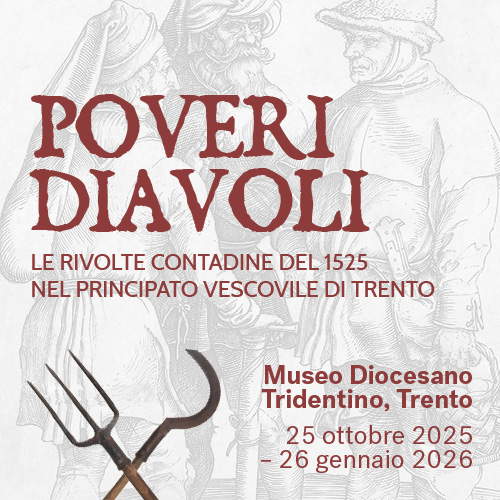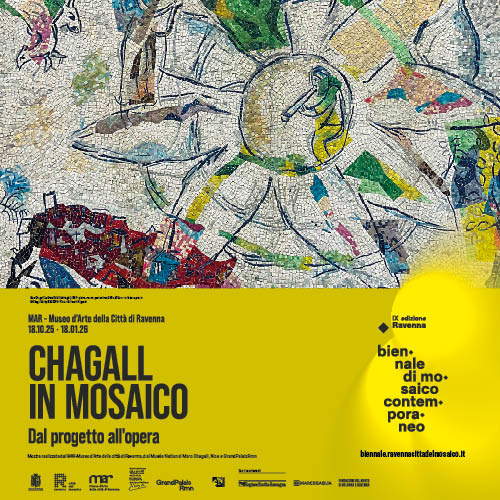
Cannero Castles reopen after restoration: Lake Maggiore rediscovers its fortress
The Castles of Cannero, a historic fortified complex on Lake Maggiore restored by Terre Borromeo, open to the public on June 28. A new interactive museum tells the story of the 15th-century fortresses nestled among the waters of Verbano, in the heart of the Lake District.
By Redazione | 09/06/2025 11:50
One of the most fascinating historical icons of Lake Maggiore, suspended between myth and memory, is about to reopen its doors to the public. Indeed, next June 28 marks the official opening of the Castles of Cannero, ancient fortifications dating back to the 15th century located on three rocky islets off the town of Cannobio, in the heart ofPiedmont's Upper Verbano region.
After years of complex restoration, the site, which has belonged to the Borromeo family since the 15th century, is now accessible again thanks to an intervention promoted and coordinated by Terre Borromeo, which has made it a new cultural and museum center, ready to tell centuries of history in a naturalistic setting of rare beauty. A journey through ancient walls and courtyards where the lake meets memory.
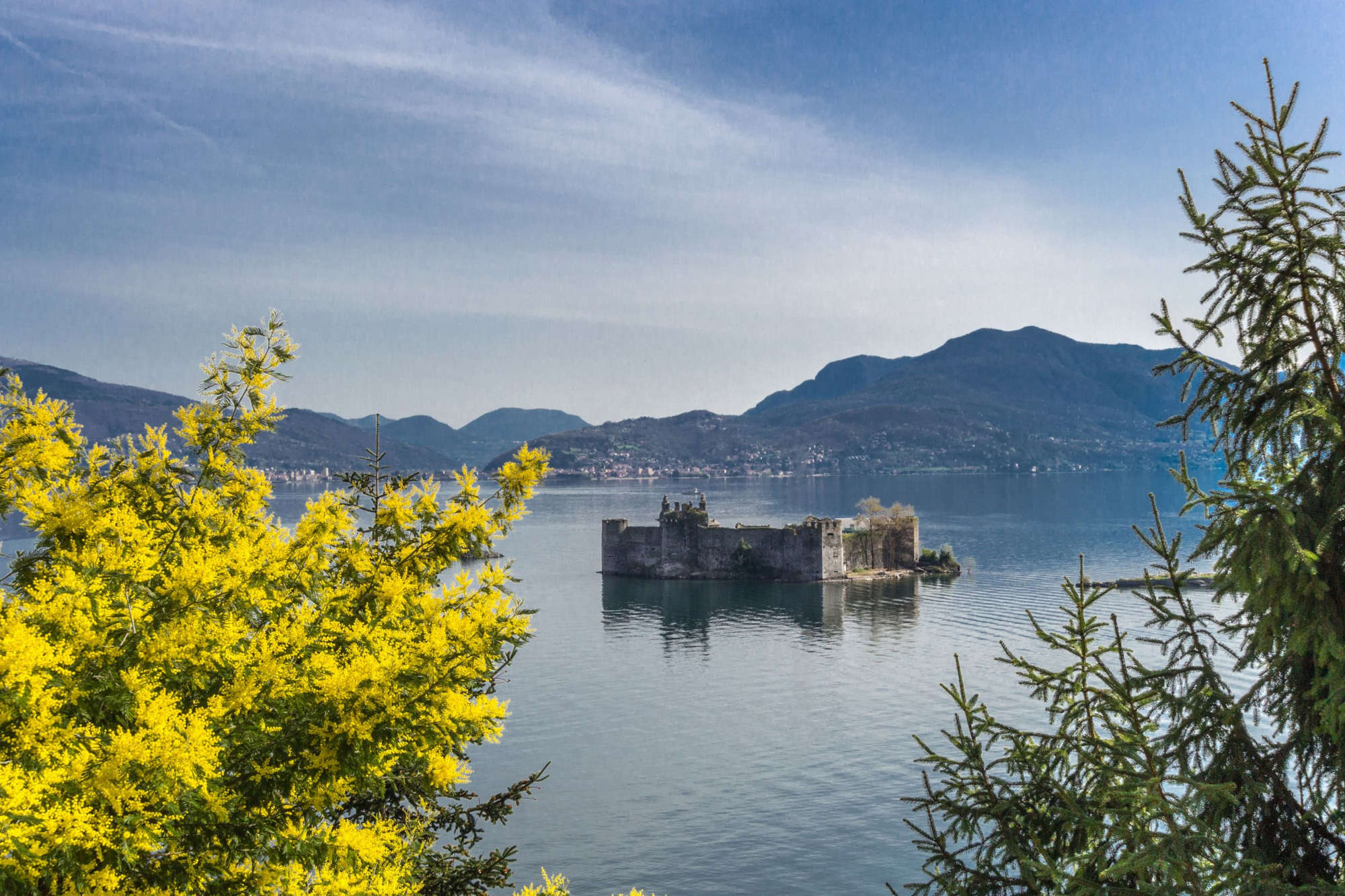
The Rocca Vitaliana and the new interactive museum
The symbolic and architectural center of the entire complex is the Rocca Vitaliana, on the main islet, which now houses an interactive museum capable of returning visitors to the site's entire historical parabola. From its 15th-century origins to its role as a strategic outpost and the long oblivion that had reduced its usability, the museum narrative is articulated through digital media, immersive paths and multimedia apparatus.
The museum is not limited to being an exhibition container, but becomes an experience itself: visitors are invited to experience an itinerary that starts from the mainland and continues via the lake, and then penetrates into the internal walkways, among courtyards, bastions and breathtaking views overlooking the waters of the Verbano. A balance between appreciation of the past and technologies of the present.
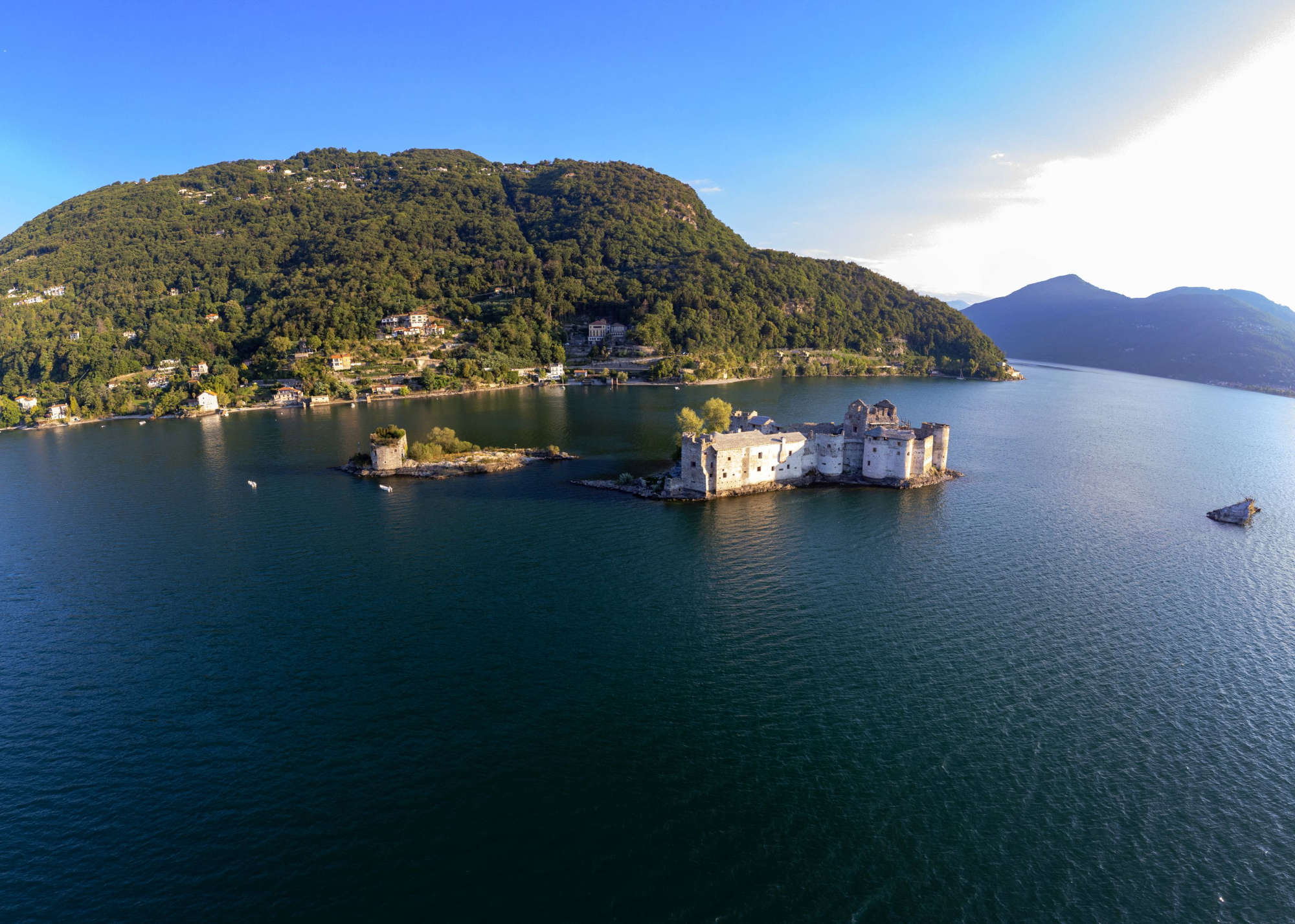
A symbolic date and an institutional event
The official ribbon cutting is scheduled for Thursday, June 12, at an event dedicated to institutions and public authorities in the area. The initiative enjoys the patronage of the Piedmont and Lombardy regions, as well as the provinces of Verbania-Cusio-Ossola, Novara and Varese. These are joined by numerous municipalities in the Lake Maggiore area, from Angera to Stresa, from Luino to Verbania, testifying to the choral dimension of this project.
The symbolic moment announcing the opening was marked by the dismantling of the crane used in the lengthy building renovation work that began several years ago. Its removal represents the end of a phase and the beginning of a new era for the Castles of Cannero, now ready to welcome an international public.
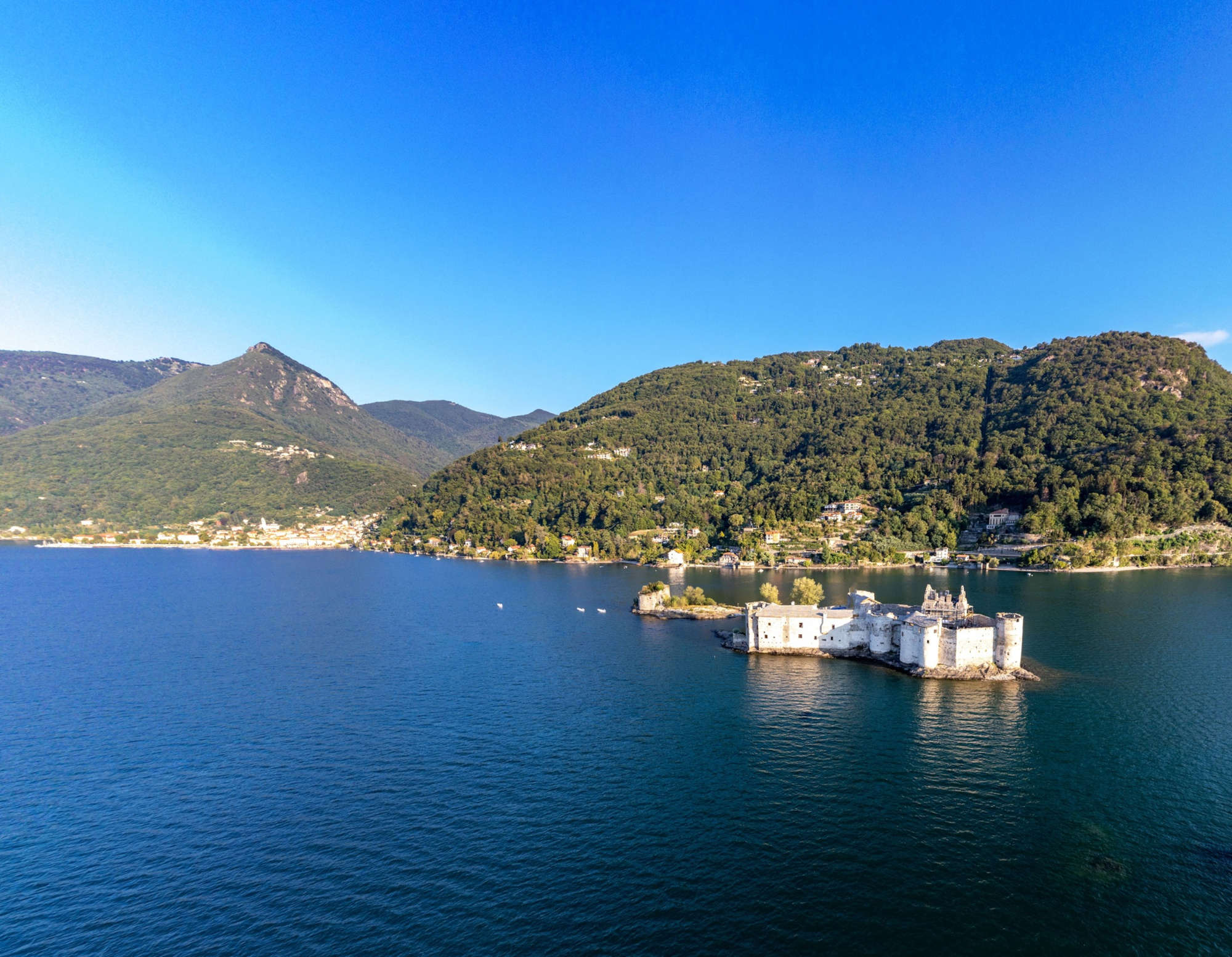
Cultural tourism and environmental sustainability
The reopening of the museum site fits within a territorial context already rich in tourist and natural attractions. Cannobio and Cannero Riviera, the two towns facing the Castelli islets, have recently been awarded the Blue Flag again for 2025, an award given to the best Italian seaside resorts for water quality, sustainability, safety and services.
The Distretto Turistico dei Laghi thus confirms a trend of excellence: the two Lake Maggiore resorts are joined by Verbania Fondotoce - Isolino and Lido di Gozzano on Lake Orta, for a total of four award-winning sites. A concrete demonstration of how environmental protection, heritage usability and cultural development can proceed together.
An offer that integrates nature, history and innovation
The opening of the Cannero Castles represents an important piece in the integrated offer of the Lake District territory. It is not just a matter of recovering an archaeological site, but of including it in a network of experiences that combines nature excursions, seaside tourism, cultural itineraries and educational activities. The museum, with its state-of-the-art technological solutions, is also designed for a young and scholastic audience, as it can offer interactive learning modes.
The intervention on Cannero follows the line already traced by Terre Borromeo in other symbolic places such as Isola Bella, Isola Madre and Pallavicino Park, where nature, architecture and history coexist in an innovative and sustainable cultural management model. For the Castles, too, the goal is not only to attract visitors, but to form awareness.
A new life for a rediscovered heritage
The added value of the intervention is precisely in its ability to return to the public an asset that was inaccessible for decades, transforming it into a cultural attractor capable of dialoguing with the present. In fact, the museum narrative does not merely exhibit, but invites reflection on the historical, political and social meanings of the fortresses, a symbol of power but also of territorial resilience. The Castles of Cannero not only come back to life, but are proposed as a model for future interventions in other Italian lake areas.
For more information: terreborromeo.it/castelli-di-cannero, www.distrettolaghi.it/it/esperienze/arte-cultura-fede/monumenti/castelli-di-cannero

